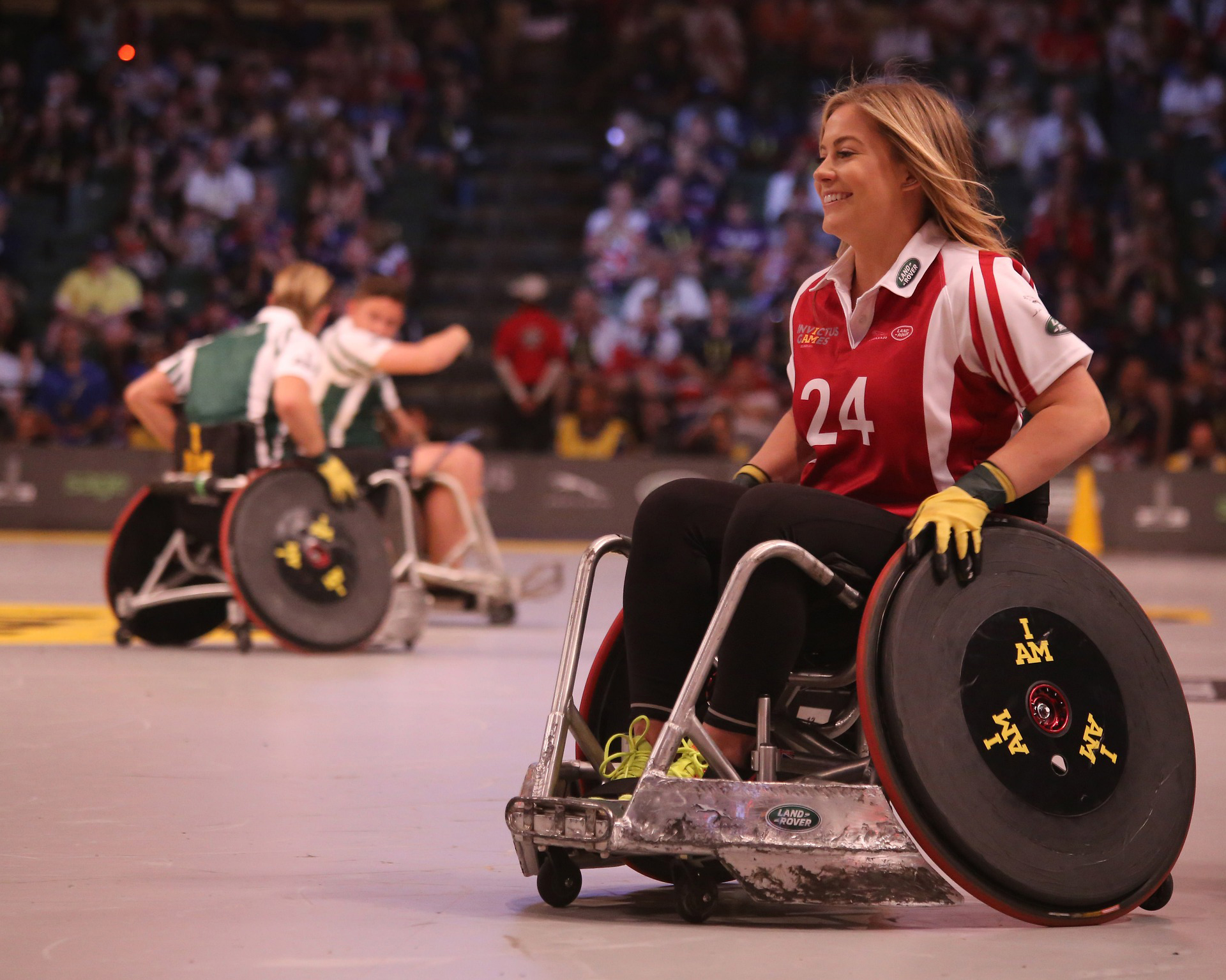
Wheelchair Friendly Padel
2 November 2022
Wheelchair basketball is probably the most well-known, but these days many sports – such as tennis, rugby and cycling – are also played in a wheelchair. As such, it shouldn’t surprise you to learn that now padel is too.
Known as ‘adapted padel,’ the game allows those with physical and mental disabilities to join in the fun and enjoy the exertion and competition of playing padel. The rules are similar to a standard padel game but have been changed slightly to make it easier for those playing in a wheelchair.

Image source: https://pixabay.com/photos/action-adult-athlete-audience-1846427/
Who benefits from the game?
Adapted padel is great for socialisation and rehabilitation, making it an excellent game to play for individuals recovering from spinal cord injuries, neurological diseases, amputees and those wearing prosthetics. It also adds to a sense of inclusiveness for those feeling side-lined by society due to a physical illness, in particular.
@padelworldpress: “For people in wheelchairs, sport means that they can increase their autonomy in the tasks of daily life. Things like getting into the car or showering become easier when in shape… padel is ideal because, in addition to being easier than tennis, it is very playable with family and friends and very fun. In the end, it’s about having fun. ”
Specially adapted padel wheelchairs
There are specially-made wheelchairs for playing padel. The chair’s rear wheels are tilted to avoid overturning as much as possible. There will also be an additional wheel/s to help stabilise the chair. This makes the chair safer for the athlete to use at high speeds.
Adapted padel rules
- Ball bouncing. The size of the racket and ball is the same. So too, are the scoring system and timings. One major change is, however, with the ball being allowed to bounce twice – both during the serve and in the game itself.
- Court facilities. There must be at least two entrances to the court. Sliding doors are preferable as these can be moved to allow wheelchair access. There shouldn’t be any steps to the court.
- Wheelchair anchoring. Players must stay in contact with their wheelchairs at all times during the game. This usually means players anchoring themselves with the use of a belt, strap or waist railing. The wheelchair itself is regarded as part of the player’s body, so it shouldn’t be touched by the ball or another player during doubles matches.
- Serving the ball. The player who is serving is not allowed to move or turn their chair at this time. The front wheels of the chair must sit behind the central and serving lines of the court. On the serve, the ball must be hit below the shoulders (in standard padel, it’s below the waist). If it’s too difficult for a wheelchair player to serve by hand, then they are allowed to use their racket to bounce the ball.
- Time out. Players are allowed to ask for time in a game to be stopped for more than 20 minutes to allow them to readjust or repair their wheelchairs.